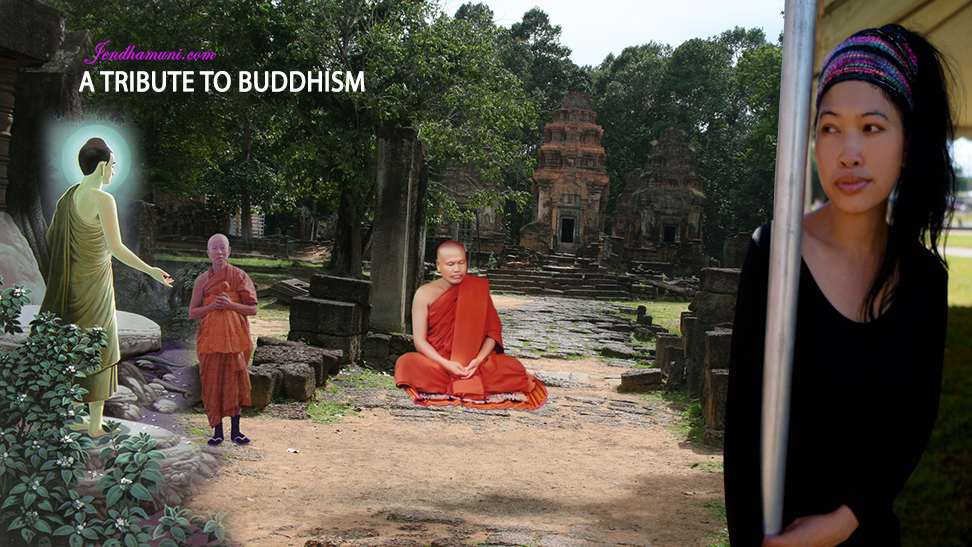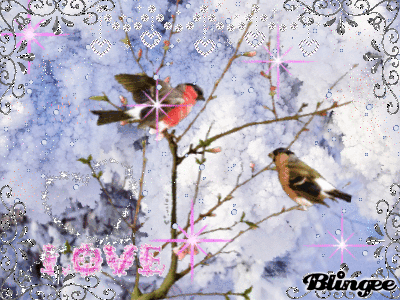-
Comment August 13, 2015
-
Kitty standing up
Comment August 13, 2015Some toys that attract cats the most will also be a health hazard for them. Consider ribbon, yarn and string. Although they’re a classic kitty play toy, and they often make for a perfectly idyllic scene to watch, they do pose some problems. If it’s long enough, for instance, a cat could roll around and get caught in a ribbon or yarn, which might strangle it. Plastic bags can also suffocate cats.
But the most common warning against ribbon, yarn and the like is that if a cat ingests it, it can cause blockage in the intestine. Ingestion is also a danger for rubber bands or feathers. And small balls and other objects are always a choking hazard. If you do find string that’s been partially swallowed (or coming out of the rectum) don’t try to pull it out, as it could cause fatal intestinal damage. Instead, take the cat to the vet as soon as possible. Source: AnimalPlanet
-
Offer only understand and compassion
Comment August 13, 2015If you do not know how to take care of yourself, and the violence in you, then you will not be able to take care of others. You must have love and patience before you can truly listen to your partner or child. If you are irritated you cannot listen. You have to know how to breath mindfully, embrace your irritation and transform it. Offer only understand and compassion to your partner or child – This is the true practice of love. ~Thich Nhat Hanh
-
The Beginning Is the End
Comment August 13, 2015When we’re born we’re already dead, you know. Aging and death are the same thing. It’s like a tree. Part of it’s the base; part of it’s the end at the tip. When there’s a base, there’s an end. When there’s an end, there’s a base. When there’s no base, there’s no end. When there’s an end, there has to be a base. An end without a base: That can’t be. That’s how it is.
So it’s kind of amusing. When a person dies, we’re sad and upset. We sit and cry, grieving — all kinds of things. That’s delusion. It’s delusion, you know. When a person dies we sob and cry. That’s the way it’s been since who knows when. We don’t stop to examine this carefully. Actually — and excuse me for saying this — it appears to me that if you’re going to cry when a person dies, it’d be better to cry when a person is born. But we have it all backwards. When a child is born, people beam and laugh from happiness. But actually birth is death. Death is birth. The beginning is the end; the end is the beginning. ~Ajahn Chah Continue reading
-
Yard long beans nutrition facts
Comment August 12, 2015Chewy and flavorful yard long beans, also known as Chinese snake beans, are closely related to black-eyed peas. Its immature, tender, edible pods are one of the most popular pod-vegetables used in the Philippines and other East Asian cuisines. The beans are also grown in small scales in the home gardens in Southern United states, West-Indies as well as in the Mediterranean regions.
The yard long pods are actually legumes belonging to the Fabaceae family. The beans were thought to have originated in southern Chinese Yunnan province. Scientific name: Vigna unguiculata, sub. sesquipedalis. Some of the common names include asparagus-bean, string-bean or Chinese snake beans. The beans in general recognized by local names as bora (West Indies), dau gok (China), pole sitao (Philippines), etc.
Yard-long bean is a fast growing annual plant; require trellis to support its growth. Dwarf and tall climbing varieties exist. Depending upon the cultivar type, it bears blue to violet flowers after about 6-10 weeks of seedling. Numerous pencil thin, tender, light-green, flexible-textured pods appear after about another two to four weeks following flowering. These fleshy, pendulous pods are usually harvested while they are immature and eaten as green vegetables. The pods vary in length that ranges from 30 to 80 cm.
As in other bean varieties, harvesting may not be a time-guided event. The pods usually harvested early for young, immature beans, or they may left on the shrub to dry-out in order to obtain dried beans. Continue reading
-
Flower from understanding
Comment August 11, 2015 -
Kitty yawning
Comment August 11, 2015Have you ever watched a cat yawn? His mouth opens so wide, you can count every tooth. It has been estimated that a cat yawns on the average of 109,500 times in his life. Lots of animals yawn. Humans yawn; the earliest yawn often occurs 11 weeks after conception – that’s before the baby is born. The yawn becomes contagious somewhere in the first five years of life. Chimpanzees and apes yawn, and they yawn infectiously just like us. Fish and birds also yawn. ~Virginia Wells, PetPlace
-
Happiness — the key to life
Comment August 11, 2015 -
Love without trust is not yet love
Comment August 11, 2015When you love someone, you have to have trust and confidence. Love without trust is not yet love. Of course, first you have to have trust, respect, and confidence in yourself. Trust that you have a good and compassionate nature. You are part of the universe; you are made of stars. When you look at your loved one, you see that he is also made of stars and carries eternity inside. Looking in this way, we naturally feel reverence. True love cannot be without trust and respect for oneself and for the other person. ~Thich Nhat Hanh
-
Love without knowing
Comment August 11, 2015To love without knowing how to love wounds the person we love. To know how to love someone, we have to understand them. To understand, we need to listen. When you love someone, you should have the capacity to bring relief and help him to suffer less. This is an art. If you don’t understand the roots of his suffering, you can’t help, just as a doctor can’t help heal your illness if she doesn’t know the cause. You need to understand the cause of your loved one’s suffering in order to help bring relief. ~Thich Nhat Hanh


















